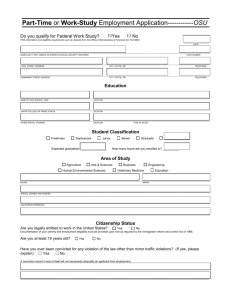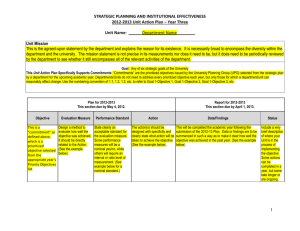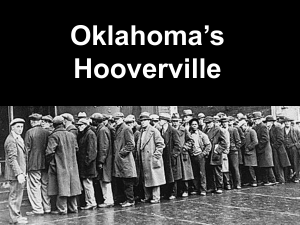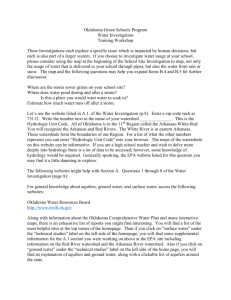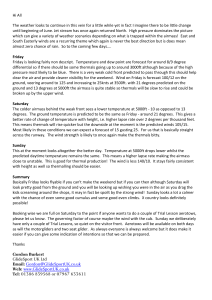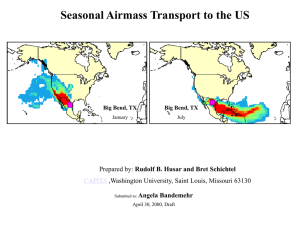OklahonaBackTrj
advertisement
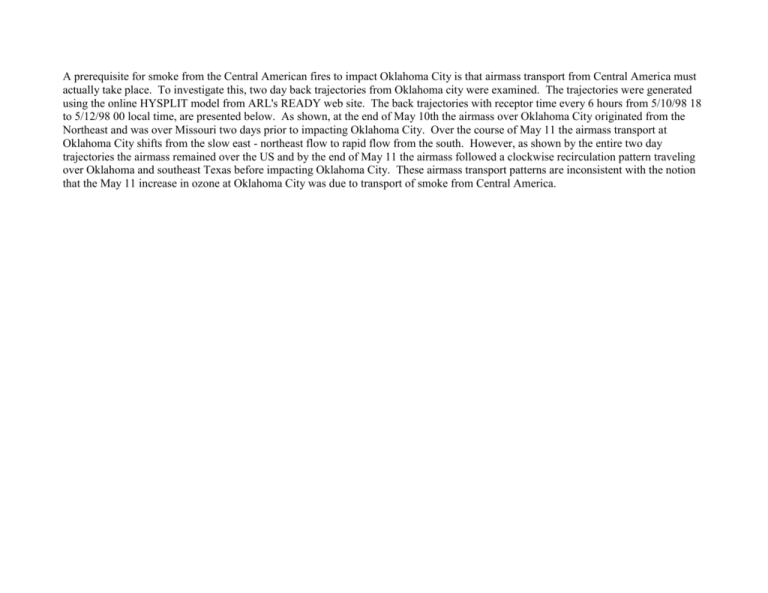
A prerequisite for smoke from the Central American fires to impact Oklahoma City is that airmass transport from Central America must actually take place. To investigate this, two day back trajectories from Oklahoma city were examined. The trajectories were generated using the online HYSPLIT model from ARL's READY web site. The back trajectories with receptor time every 6 hours from 5/10/98 18 to 5/12/98 00 local time, are presented below. As shown, at the end of May 10th the airmass over Oklahoma City originated from the Northeast and was over Missouri two days prior to impacting Oklahoma City. Over the course of May 11 the airmass transport at Oklahoma City shifts from the slow east - northeast flow to rapid flow from the south. However, as shown by the entire two day trajectories the airmass remained over the US and by the end of May 11 the airmass followed a clockwise recirculation pattern traveling over Oklahoma and southeast Texas before impacting Oklahoma City. These airmass transport patterns are inconsistent with the notion that the May 11 increase in ozone at Oklahoma City was due to transport of smoke from Central America.


